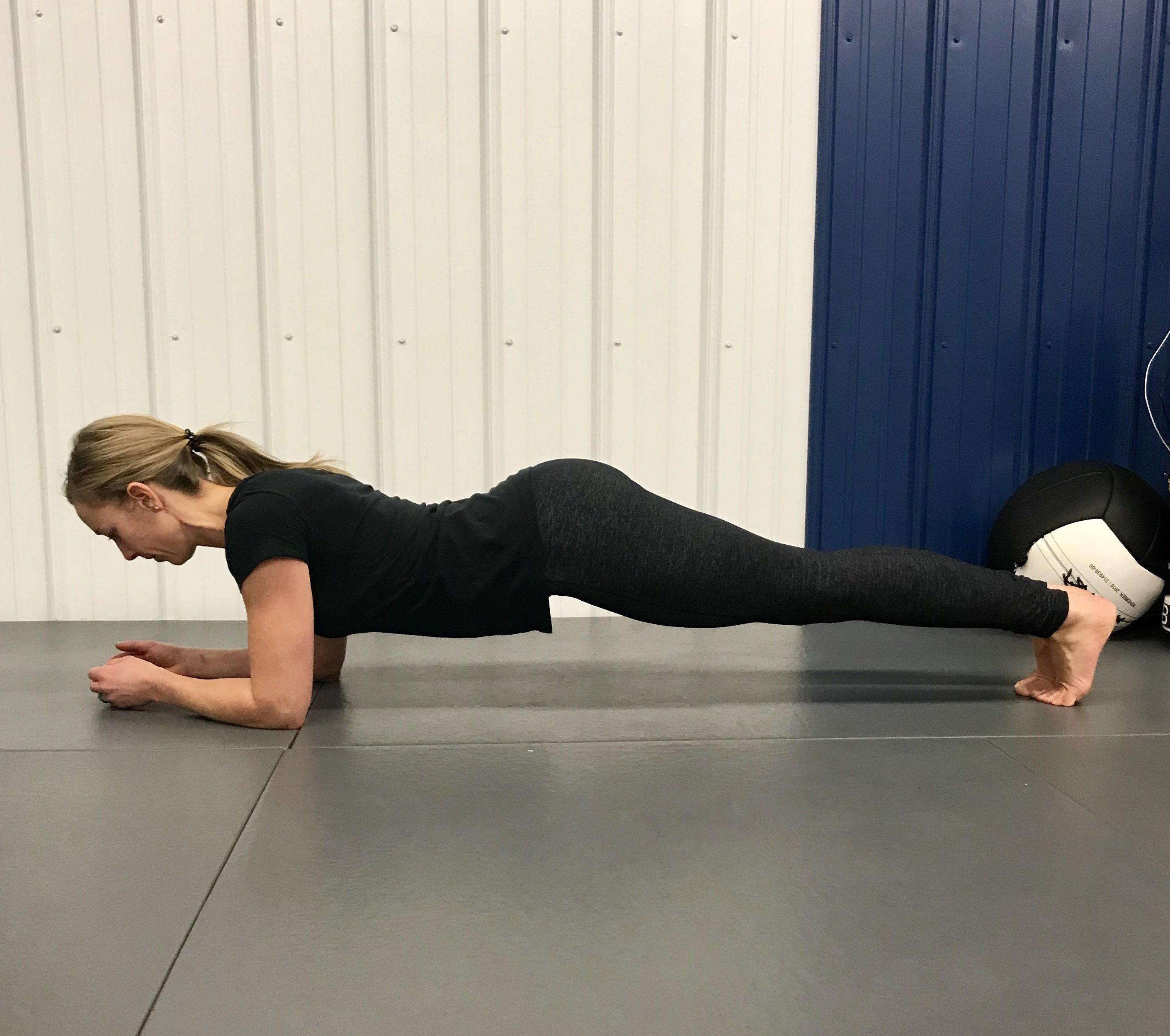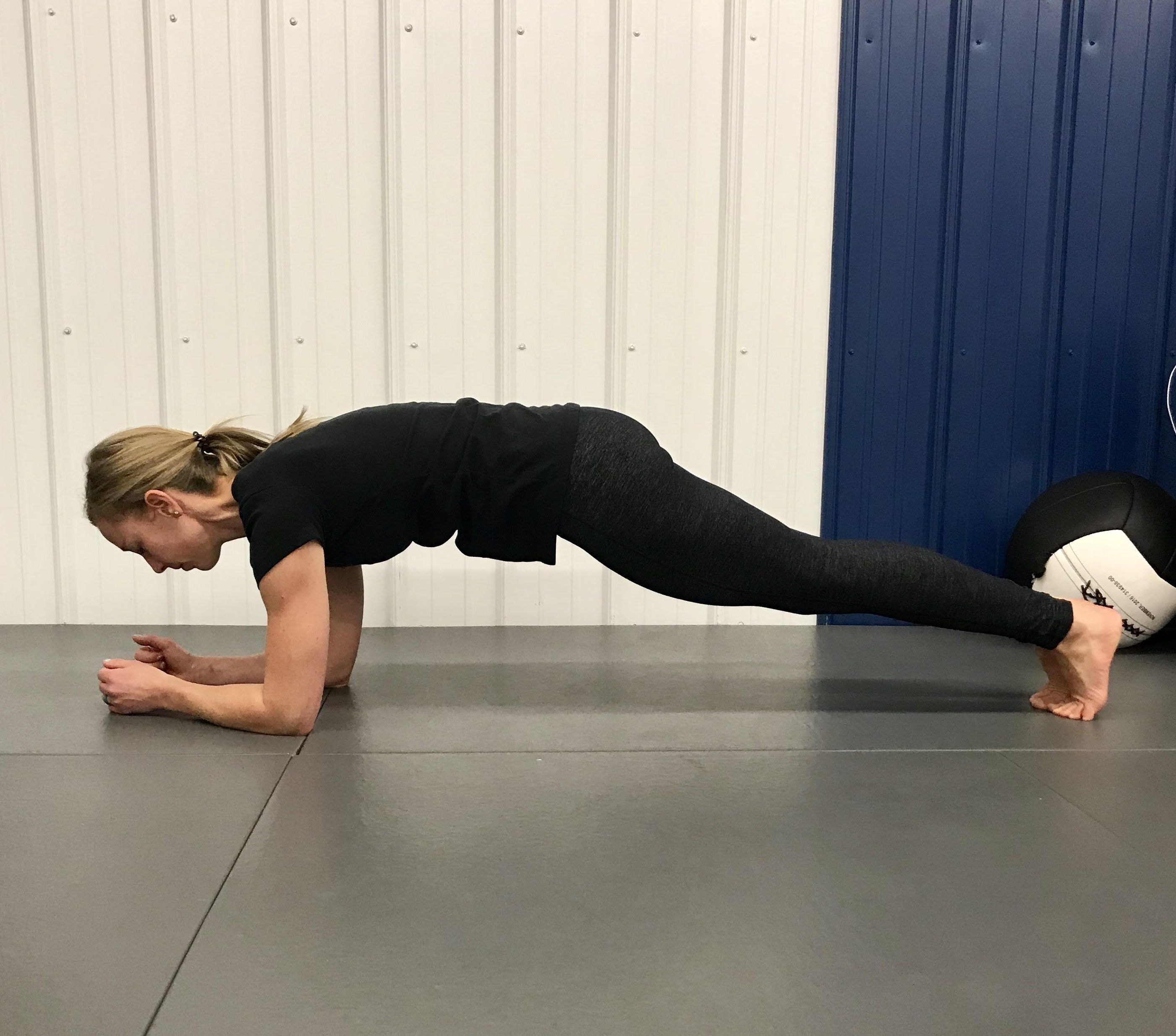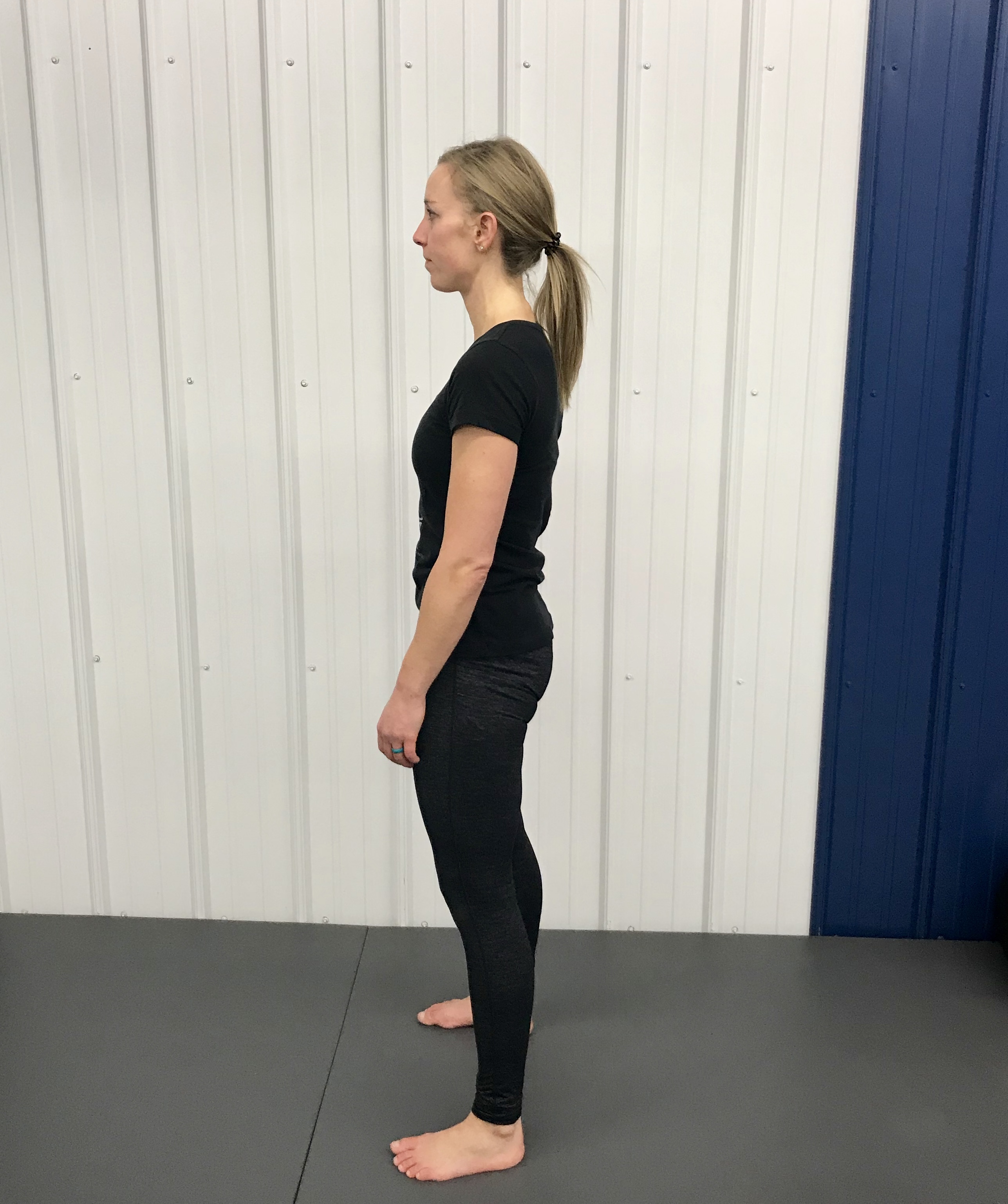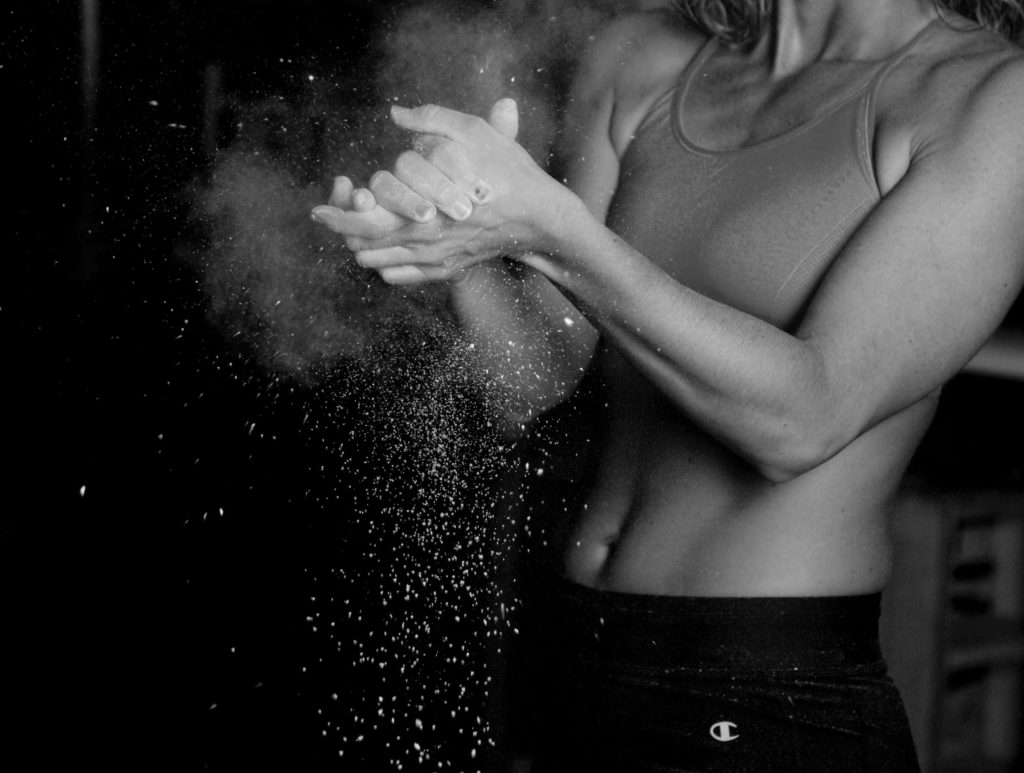What if I were to tell you that to get strong abs, you must first master breathing?
Specifically, you have to get better at exhaling.
Most of us are dysfunctional when it comes to breathing. This affects our posture and we get stuck in a state of hyperinflation (hyperextension) that we can’t get out of.
Sounds kind of silly right? If you are reading this, you’re still on this earth. So, you must be doing something right when it comes to inhaling and exhaling air. 🙂
Starting any ab exercise in a hyperinflated “stuck on the inhale” state makes it less effective. If you aren’t in the right starting position, your core exercises aren’t working as well as they could. I can hold a plank with poorly engaged abs for several minutes. But a plank in a better starting position is a whole different beast.


When doing ab exercises, a lot of people focus on the big six-pack muscle, the rectus abdominus. But the core goes way beyond them. There are several lesser-known muscles that also need attention. So before we move on, let’s do a quick review on the core muscles.
Think of your core as a 3 dimensional cylinder, like a soda can. It has muscles on all sides, on the top and bottom, and all need to work together to support you. Training all the smaller core muscles also helps to give you the cool look you want.
The front of the cylinder (anterior core) is the inner core and houses the tranverse abdominus, with the the rectus abdominus over the top.
The sides (lateral core) have your internal and external obliques and serratus anterior. (Note: the serratus anterior isn’t traditionally considered part of the core. They are located on top of your ribs and are referred to as the “boxer’s muscle”. I’m including them here because a well functioning serratus plays a role in thoracic positioning which plays a role better core engagement. Plus, a developed serratus completes the look of a defined core.)
The low back (posterior core) has little muscles called multifidi as well as your spinal erectors.
The top is your diaphragm, the main muscle in breathing.
The bottom is your pelvic floor.
Generally, we like to see the diaphragm (the top of the can) stacked evenly over the pelvic floor ( the bottom of our can).
Using the soda can analogy, imagine you have a full can that you want to crush. You can try stomping on it to crush it, but it will prove nearly impossible even though the exterior aluminum isn’t very strong on its own. This is due to the pressure created in the sealed can, providing support and strength.
If you opened the can and released the pressure, you removed the strength and support and could now stomp it and crush it flat.
Our core is like the soda can; structurally weak, but functionally strong when positioned well. If we are in the right position when we train, we can strengthen the entire core. Not only does this make us more athletic and resistant to injury, but working all of the core muscles gives a better looking stomach than only worrying about the six-pack.
When we are in a hyperinflated (hyperextended) state, our core becomes less stable, just like a soda can with a dent in the side. The lower ribs flare out and up, and the pelvis tilts forward. Signs of this positioning include hyperextended knees, rounded upper back, overly-arched lower back, and protruding abdomen. Not the look we were going for.

In this position, we lose our strong, “sealed can” structure.
We can’t effectively engage our abs in this position. Instead of our ab muscles getting stronger, they get stretched out, lengthened and less active. Without your abs doing their job, your lower back happily takes over and picks up extra tension. What comes next is low back discomfort. (And also shoulder/upper back/neck issues but that is another post entirely) And the diaphragm and the pelvis cannot work together as they were intended.
What does exhaling have to do with this all?
A good exhale is where it all begins. We don’t mean take a nice big sigh. Exhale hard and fully and wake up the core muscles that help drive air out. Just when you think you are done exhaling, exhale more. Keep going until you physically can’t get any more air out. At this point, you should feel your abs start to quiver.
While you are exhaling, your respiratory diaphragm will dome upward like a parachute, allowing your ribs to drop back down to neutral. Tuck your tailbone slightly underneath you. Now, you are in the optimal position. This is the posture to start all your ab exercises in.

At first, it can be hard to get into this position. Especially if you are chronically in the hyperextended/hyperinflated state. It’s helpful to take 2-3 full exhales first before starting your ab drills. At least until you get the hang of it. Once your abs start to shake, you are ready.
The final trick is to hold this position while you are doing your exercise. Hold this “exhaled” position, and breath and move without losing your ab contraction, arching your low back, or flaring your ribs. It can be an ego check because it’s harder than you think. Starting in the right position will make even the most basic ab drill more challenging.
Summary
Great abs aren’t just about the six-pack muscles. We need a completely balanced core on all sides to get the most out of our ab exercises. Master the exhale and the exhaled posture and you are on the path to great abs.
Take care,
Abby

